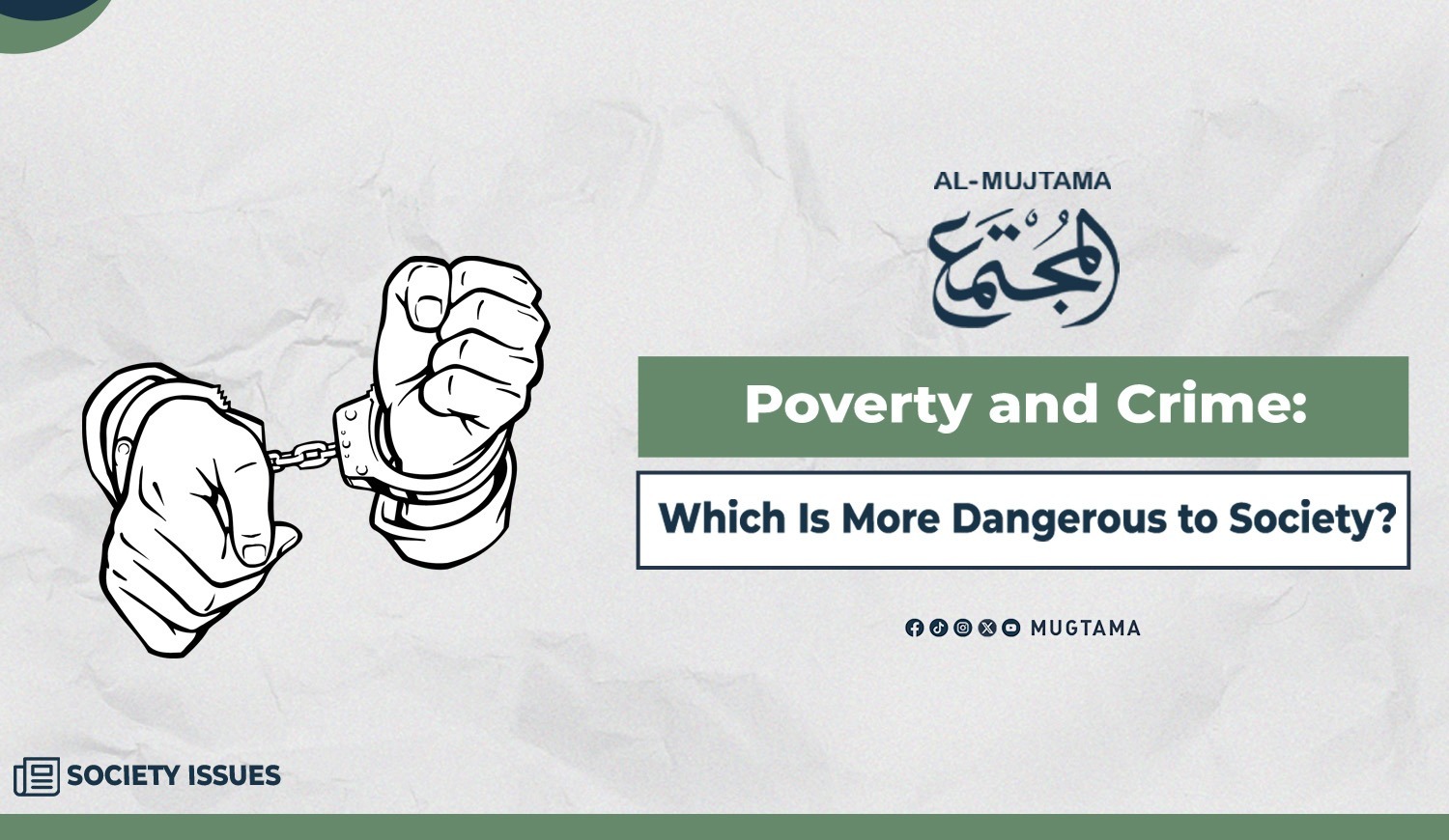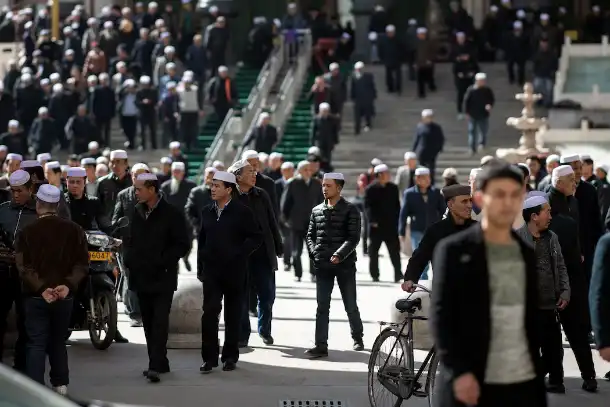Poverty and Crime: Which Is More Dangerous to Society?

Poverty and Crime have an Intertwined and
Complex Relationship. It is not necessary to agree on the strength of
the relationship between poverty and crime, but it is enough to fully
acknowledge its existence. History stands as the truest witness and
strongest evidence: no society has ever experienced the spread of poverty among
its people without also witnessing the birth of crime. Crime feeds on poverty
and need, and before long, it bares its fangs—devouring the green and the dry
alike. This naturally raises the question: Which is more dangerous to
society—poverty or crime?
The Relationship Between Poverty and
Crime
When poverty fails to meet its essential
needs, the individual is considered poor. Statistics and research indicate a
strong correlation between poverty and crime. In impoverished neighborhoods
populated by lower-income groups, crimes such as theft, assault, verbal abuse,
and even murder are more prevalent.
This relationship takes two main forms:
1. A Direct Relationship:
This occurs when poverty or material need directly drives a person to commit a
specific crime—for example, a hungry person who steals food simply to survive.
2. An Indirect Relationship:
In this case, the poor person may not steal directly out of hunger, but poverty
leads to circumstances that encourage crime. For instance, being forced to live
in poorly organized neighborhoods or to share housing with strangers can create
tensions that escalate into violent acts such as assault or battery.
Whatever the nature of this
relationship—direct or indirect—it certainly exists. Poverty, whether by direct
necessity or through its surrounding conditions, provides a fertile ground for
crime to thrive.
Poverty and Crime in the
International Context
A study conducted in the United States over
three decades found that states with higher levels of poverty and income
inequality had the highest rates of crime and homicide. Between 2019 and 2020,
homicide rates rose in 46 states—many of which also had the largest proportions
of families living below the poverty line and the greatest income disparities.
Similarly, a 2015 study in the United
Kingdom confirmed that the most deprived and impoverished areas had
significantly higher levels of crime, especially violent crime, which became
increasingly concentrated within those communities.
Poverty and Crime in the Local
Context
Despite the moral discipline rooted in
Islamic principles, local societies have not been entirely immune from rising
crime rates in poverty-stricken areas. Several studies in Arab countries have
confirmed this pattern. For instance, one researcher in an Arab nation
conducted a study on the causes of organized crime in his country and found
that these crimes stemmed largely from economic factors closely tied to
poverty.
Statistics and Percentages
According to estimates, around 20.2%
of people in the Arab region live on less than $2.15 per day, more than
double the 9.5% rate recorded in 2015. Using national poverty lines in
2023, it was estimated that more than one-third of the Arab population (35%)
are poor, according to the ESCWA poverty thresholds.
On the other hand, crime rates—including
assault, theft, and fraud—are directly affected by increases in poverty.
Countries with high poverty levels have shown higher crime rates, while nations
with lower poverty levels, such as Kuwait, Saudi Arabia, and the United Arab
Emirates, recorded significantly lower crime indicators.
Theories Explaining the Poverty–Crime
Link
Several theories have attempted to explain
this correlation:
- Economic Theory: Suggests that poverty limits economic opportunities, pushing individuals toward criminal activity as
a means of survival.
- Social Disorganization Theory: Proposes that poverty leads to the breakdown of
social structures, reducing social control and increasing the likelihood
of criminal behavior.
- Strain Theory:
Argues that poverty generates psychological pressures and frustrations
that may drive individuals to crime as a coping mechanism.
Poverty and Crime: Which is More
Dangerous?
From the data, theories, and studies
discussed, it becomes evident that poverty poses a greater danger to society
than crime. Poverty is the root cause that leads to crime, not the other
way around. Both international and local societies confirm this pattern
throughout history and the present day. Therefore, nations seeking to reduce
crime rates must first address poverty—for tackling its root cause is the
surest way to achieve safer societies.
-------------------------------------------------------------
References:
1. Ghanam, Mohamed Ghanam. Criminology and Penology,
Al-Manhal Publishing, 2015, p.122.
Read Also:
-
Rise to Success: Muslim Students Defying Poverty










